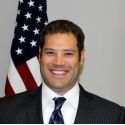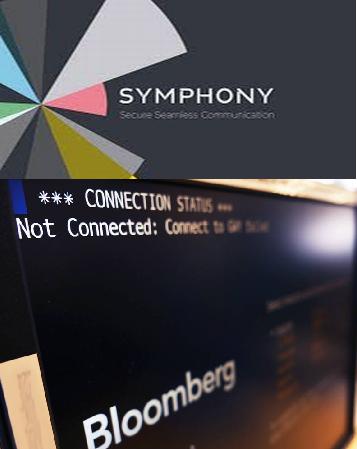
Brokerdealers that provide equities execution services to buyside clients are continuing to grapple with a pendulum that during the past years has moved away from high-touch, traditional coverage to high-tech or ‘low-touch’ fully electronic execution services. Now the pendulum is swinging back to the middle ground, as sell-side firms work to merge high-touch and high-tech execution desks to address the evolving needs of institutional clients who want one single point of contact from respective covering brokers.
According to a recent column by John D’Antona Jr. in sell-side industry TradersMagazine, “After years of using a separate and siloed approach to its trading high- and low-touch trading desks, it appears that the brokers are starting to meld the two desks into a single or one-touch trading desk….
The reason? Costs to maintain the two separate groups have risen amid stagnant commission spend, to be sure. But also, U.S. institutional equity investors accept coverage from a single sell-side sales trader for both e-trades and traditional block trades.
Also, since the start of the e-trading era, the buyside has insisted that the two execution channels remain separate and that specialists who monitor their algorithmic trading be distinct from the experts who manage their block orders. The primary reason for this divide: Investors were concerned about information “leakage” and saw this hard separation as key to preserving their anonymity.
Noted Ryan Moran, Director of US Equities Execution for agency-only, institutional boutique Mischler Financial Group, the financial industry’s oldest and largest minority brokerdealer owned and operated by service-disabled military veterans, “Institutional clients have become increasingly fluent as to the benefits of algo-centric tools, which explains why these tools have become pervasive across the trading ecosystem, but as much as all of us appreciate the efficacy of these so-called “low-touch-only” tools, in many cases those who migrated to algo-only have deprived themselves of the long-proven benefits of high-touch execution. We’ve always offered a combination, as a 3-dimensional view that only humans can provide addresses the fiduciary best execution obligations of buyside managers, many of whom oversee public pension funds.”
Added Moran, “Having a single point of contact who provides a consultative approach and is fluent in both practice areas is arguably the best practice within the context of true best execution for those engaged in block trading.”
Among the more than 300 institutions Greenwich Associates interviewed in 2015 as part of its annual study, the quality of execution consultancy saw the greatest increase in importance as a criterion for e-trading among buy-side traders.
However, a new Greenwich Associates report, “Blurred Lines: Sales Traders Drift Toward Execution Consultancy,” shows that a majority of the more than 300 U.S. institutional equity investors participating in the study are now willing to accept single coverage across high-touch and electronic trades. Only a declining 31% of the institutional investors participating in annual Greenwich Associates U.S. Equity Investors Study still prefer separate coverage.
Greenwich pointed to two main changes are driving this shift:
To continue reading this story from TradersMagazine, please click here




